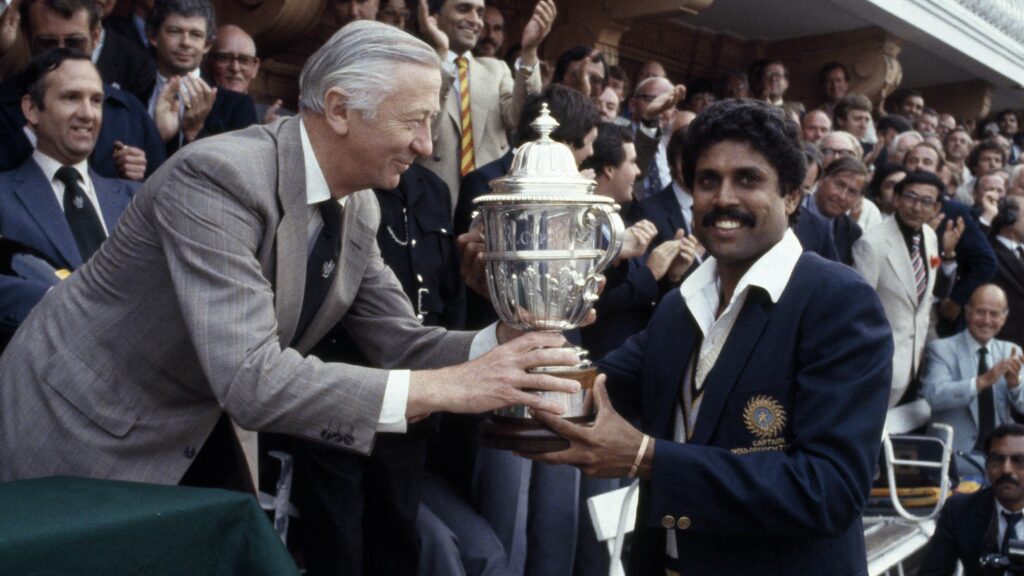
It was just another day in my life. At home, far away from where the action was happening. Most of the interest and support was from far east of England but I was perched far west in America, as my family had moved there. I must admit there weren’t too many who knew India were in a World Cup final.
Those were the early days of television, and the coverage was nothing close to what it is today. My family and a few other Indian families got together at our place, and I must admit it was more of a get-together to have some fun, than to watch India lift the World Cup. West Indies were very much the firm favourites to complete a hat-trick of World Cup wins.
My sense of the game also had its limitations, as I was just 14-15 years old. And as crazy as I was about the game, I had no idea about the nuances of cricket, something that has taken me a lifetime to get some idea of.
All the seniors in the room, my experts for the morning – and morning it was in the US, with the time difference – had my full attention. Kapil Dev seemed to be the most-repeated name and it was evident that his innings against Zimbabwe, when India were on the ropes, had made him the firm favourite to have the most impact as far as India were concerned. I has done my homework and thought Jimmy Amarnath, Sandeep Patil, Yashpal Sharma and the whole bowling unit had contributed majorly to India’s journey. With this cup being played in England, the bowlers were meant to have an easier ride than the batters considering it was in June, the early part of summer. By and large, that was how things panned out.
India were invited to bat first by their worthy opponents, and it was no secret that batting first in those days in England was not an easy proposition. The pitch always had some juice and, West Indies had the most fearsome pace bowling attack. Experts in the room had written off India, even more so because they had to bat first. The great Sunil Gavaskar left early, and the experts had that we-predicted-this smirk on their faces. Young K Srikkanth played some ravishing shots and tried his best to take the fight to the opposition. Useful runs from many helped as India laboured to 183, which at the time was deemed way below-par by our in-room experts. I don’t blame them. The total seemed inadequate.
Balwinder Singh Sandhu then became an instant favourite with everyone in the room. Even the wives who were not really that interested till then knew his name after than banana inswinger that castled Gordon Greenidge. Then Viv Richards strode in and wanted to finish the game in a hurry. Here we go, we thought! Then that catch by Kapil Dev, yes the same Kapil that every expert in the room had been talking about, was breathtaking. Athleticism, confidence and skill all in one beautiful package – I will never get tired of seeing that catch. It could well be the catch that changed Indian cricket forever. Wickets fell at regular intervals, and I could sense the mood in the room changing. The experts took very little time to change sides, and suddenly an Indian victory was a distinct possibility.
When the last wicket fell, everyone was rejoicing and dancing. I was numb. That was the day I decided to play cricket professionally if the opportunity ever arose. Long story short, after completing grade 12 in the US, I had a full athletic scholarship to a few colleges there. I had done my bit in the SATs as well, so everything was laid on a platter for me. But June 25, 1983, had made a lasting impression. I took a flight to India and played cricket professionally for 24 years. Looking back, if I had to do it again, I would not change a thing.
That day changed my life and the path that I would take, as it did for millions of Indians everywhere. Whatever happens in Indian cricket, that day will never be repeated. Not result-wise but in terms of impact. And life is all about impact, and the journey that it maps out.
Also Read: The significance of 1983